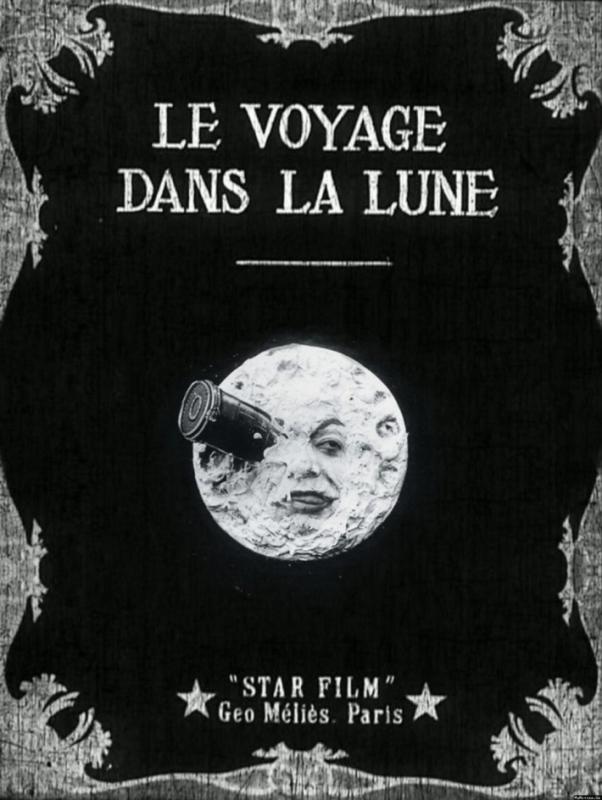Remakes, reboots, and reinventions have a long history in the world of Hollywood. It’s one of those things, like dubbed foreign films, that film lovers love to complain about. But the truth is probably a bit more complicated than we like to think.
To be sure, there are no shortage of stinkers out there, movies that were a remake of a movie that didn’t need to be remade: Jonathan Demme’s 2002 film The Truth About Charlie tried to redo the Cary Grant/Audrey Hepburn classic Charade and came up short on all fronts, while Gus Van Sant’s shot-for-shot remake of Psycho just left most viewers wondering why he bothered. But then you have a movie like 1959’s Some Like It Hot, which currently sits at number one on the American Film Institute’s list of all-time funniest American movies. But how many fans know that Billy Wilder’s classic is an adaptation of the 1951 German film Fanfaren Der Liebe? And that the 1951 film is itself a remake of the 1935 French film Fanfare d’Amour? Neither remake is an exact copy, but the DNA is there; what makes it interesting is seeing where they turn down different paths.
This week, Netflix offers up a tantalizing twosome that shines new light on one of our most important pieces of cinematic history. The film is A Trip to the Moon, a fantastic (in the literal sense) film made in 1902 by French film pioneer Georges Méliès. Modern filmgoers might be familiar with it from Martin Scorsese’s film Hugo, in which Méliès is a central character. A theater owner and amateur magician, Méliès was quick to see the potential in film for a wide variety of special effects, and his early work was far ahead of its time. In A Trip to the Moon he weaves a tale of a group of astronomers who travel to the moon in an enormous bullet of a spaceship. There, they nap — it was a long journey — and encounter alien life before escaping back to Earth, all in about 13 minutes.
What makes the Netflix offering so interesting is that it presents two versions of the same film, neither of which is exactly as Méliès made it. When it was released, Méliès produced it in two forms: a black and white version, and a hand-tinted color version (long thought lost, it was recently rediscovered and restored).
Netflix is showing both of them, but with a twist. Because films of the era were generally meant to be exhibited with sound provided by the theater, Méliès’ film had no soundtrack of its own. And here, the two versions each have a very different audio component. For the black and white version, the soundtrack features a very “silent movie” piano track; the music feels of the era, but is irreparably marred by an English-language voiceover that describes everything seen onscreen. The overall effect is of watching a beloved movie with a disinterested aunt talking through the whole thing.
For the tinted version, there is no narration. The music, however, is something else: a decidedly modern soundtrack created by the French electronica duo Air, it would not be out of place on the next Kanye West album. And yet for all its modern leanings, it is also more true to the spirit of Méliès — daring, unusual, and surprising. For my money, it’s a far more interesting fit. If you’d prefer the vintage feel of a solo piano, I’d suggest watching either version on mute, with a nice bit of instrumental music playing in the background. But whatever your choice of accompaniment, Méliès’ film is worth a look.
Also this week: Amherst Cinema screens the documentary Grey Gardens on Sunday and Wednesday. A look at the incredible and unusual life stories of two of Jackie Onassis’ cousins, Albert and David Maysles’ 1976 film dives right into the deep end. With its up-close look at those Onassis relatives, “Big” and “Little” Edie Beale — high society dropouts, reclusive yet still full of vitality — it quickly became a cult classic, especially among those who saw in Little Edie an overlooked fashion icon. The new restoration screening here will give viewers an even closer look at what made the Beales unique.•
Jack Brown can be reached at cinemadope@gmail.com.




